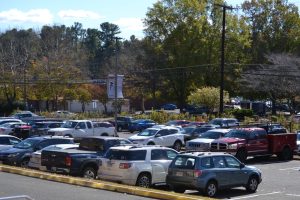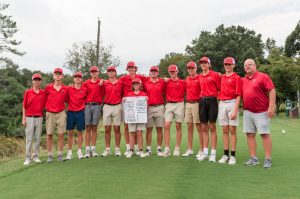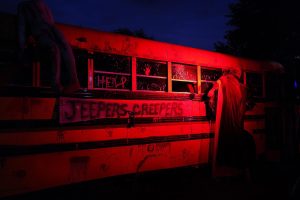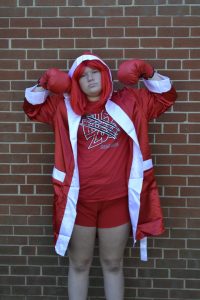Budding teachers bolster education
April 30, 2013
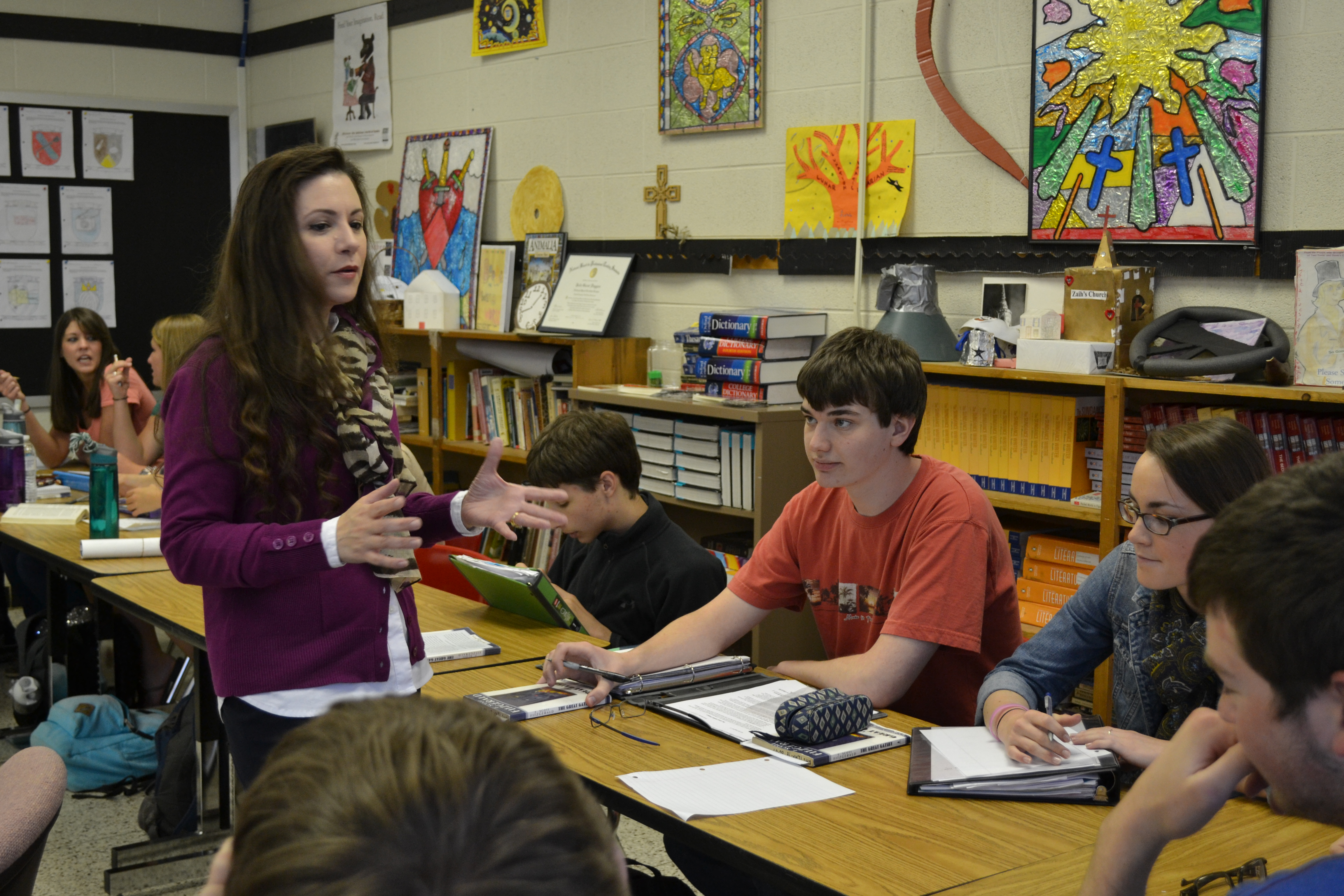
Students learn through experience every day in classrooms and labs, but experience educates teachers, too, especially those seeking to join the educational workforce. Student teachers Jana Patterson and alumna Brittany Franklin (2007) are tackling the active classroom under the guidance of mentors.
“I made a career change from federal government,” Patterson said. “I decided that I wanted to pursue a lifelong interest in English literature and helping adolescents. I always have loved reading, writing, and appreciating authors’ use of rhetorical strategies for effect.”
Patterson is pursuing a master’s degree in Secondary Education at George Mason, which required a 15 week internship. Having grown up in Marshall, Patterson applied with the Fauquier County Public School system and was matched with English teacher Julie Duggan.
“I think she’s really creative and good at putting her finger on activities that will get students invested and involved in particular concepts,” Duggan said. “She has become more relaxed in front of the group, more flexible with what she wants to do, and better at helping students get a long-term reward from an activity.”
After graduating from West Virginia University with a degree in advertising, Franklin found that working for a political campaign was not as creative as she liked, and that pushed her towards a graduate degree in education.
“I wasn’t finding what I wanted from advertising,” Franklin said. “They always want teachers, so [education] seemed pretty stable. I love history, and that was my minor, so I automatically went into social studies. I’ve worked with kids at camps and in other settings, but never in a school before.”
Franklin’s student teaching program required her to split time between middle school and high school; she spent three months at Marshall Middle School and is currently sponsored by history teacher Ron Pfeiffer, who taught Franklin for three years.
“It’s been a lot of fun,” Franklin said. “Ancient history has been kind of a struggle – my minor was mostly in modern history, the 1800s on – and [Mr. Pfeiffer]’s given me a ton of resources to work with.”
While university courses in education give many useful and applicable strategies for the classroom, experience often casts a new light on what is taught in a textbook.
“The info given in university courses is very idealistic,” Patterson said. “When you get into a real classroom, you realize whether those suggested strategies are practical. But it has been very valuable to take these classes prior to and during my internship.”
Franklin was able to incorporate technology from her own classes into her work with Pfeiffer’s students.
“We were talking today about different technologies that can be applied in the classroom, like Prezi,” Franklin said. “My undergrad and graduate courses both applied.”
Duggan has worked closely with Patterson, initially discussing lessons together during planning period. Gradually Patterson began to teach lessons, and not just to students.
“During spring break I realized I had to throw her out there,” Duggan said. “Most of what she’s done has gone very well; I’ve also learned a lot. It’s really fun to work with someone else. I had trouble with that in the beginning [because] I wanted to be perfect. [But] it’s okay that I have someone else in the room; it’s okay that I’m not perfect.”
Having taught both in middle and high school settings, Franklin found that high school was a challenge because the students were closer to her in age, but both internships exposed the nearly unknown rigors of teaching.
“It is more than a full-time job,” Franklin said. “You’re in this school, but education doesn’t stop there, whether you find new ways to educate yourself, or the best ways to teach material. You’re always thinking about it in some form.”

